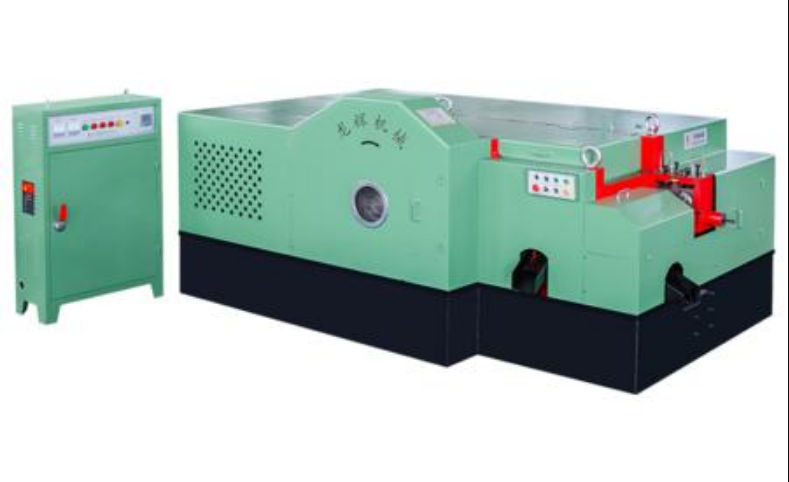Understanding the Main Working Principle of a Cold Heading Machine
Metal fasteners such as bolts, screws, rivets, and pins are widely used in many industries, and their production requires a process that is efficient, accurate, and consistent. One of the most important pieces of equipment in fastener manufacturing is the cold heading machine, which shapes metal without heating it to its melting point. To understand why this technology is used so widely, it is useful to explore the main working principle behind it and how it transforms a simple metal wire into a precisely formed fastener.
Plastic Deformation Under High Pressure
The core working principle of a cold heading machine is plastic deformation. Instead of cutting or removing material, the machine uses strong mechanical force to push metal into a die cavity. When the metal wire or rod enters the machine, it is fed into a set position and held firmly in place. Then, a punch strikes the metal with high pressure, causing it to flow and fill the shape of the die.
Because the metal remains in a solid state, it relies on its natural ductility to deform. This deformation is permanent, and the material takes on the exact form of the die, which allows manufacturers to achieve highly accurate shapes with minimal waste.
Multiple Stages for More Complex Shapes
A cold heading machine may use multiple punches and dies to complete more complicated shapes. For simple products like small rivets, one or two blows may be enough. However, for bolts or fasteners with special heads, several forming stages are used. Each stage performs part of the shaping process, gradually rolling, upsetting, or squeezing the metal into its final shape.
This multi-step approach ensures smooth transitions, precise angles, and consistent dimensions. It also helps avoid excessive stress concentration on one single punch, which reduces the risk of cracking or deforming the material incorrectly.
Material Flow Behavior
The principle of controlled material flow is essential to cold heading. When the punch applies force, metal moves outward or inward depending on the die geometry. The metal must flow smoothly to avoid defects such as folds or incomplete shapes. This means the design of the dies, the lubrication used, and the mechanical accuracy of the machine all play an important role in achieving a clean and well-formed fastener.
Cold heading machines typically work with low-carbon steel, stainless steel, aluminum, brass, and other materials that have enough ductility at room temperature. Harder materials may require special lubrication or pre-treatment to flow properly during forming.
Benefits of Cold Heading Principles
Understanding the working principle also reveals why this technology is so popular. Cold forming strengthens the metal by increasing its internal grain density. Instead of weakening the material by cutting, the process enhances mechanical properties such as tensile strength and fatigue resistance. This makes the final fasteners more durable.
Additionally, because the metal is shaped rather than cut, production produces very little waste. The process is also much faster compared with machining, allowing millions of pieces to be formed with consistent quality.
Why the Principle Matters in Industry
The working principle of the cold heading machine is important because it influences the quality, efficiency, and cost of fastener production. Manufacturers depend on the predictable and repeatable nature of the forming stages to meet industrial standards. Understanding how the machine works also helps engineers design better dies, choose suitable materials, and maintain stable production.
The main working principle—plastic deformation through high-pressure forming—makes cold heading one of the most effective and widely used methods for producing metal fasteners. Through controlled force, precise dies, and efficient multi-stage processes, the machine creates consistent shapes while improving the mechanical strength of the finished product.
